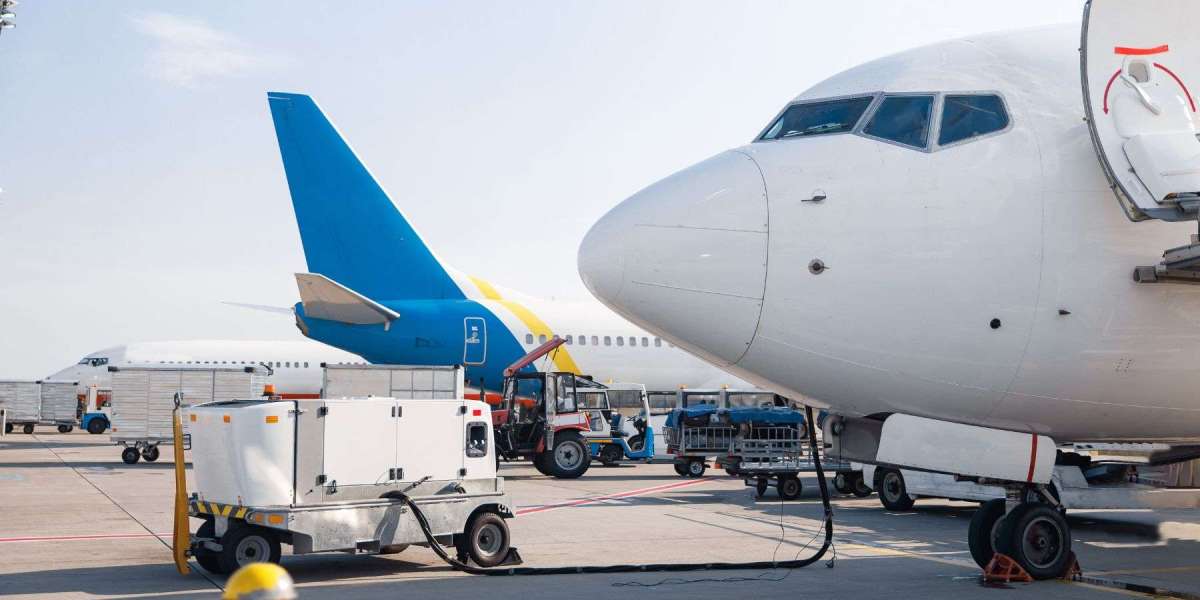In the vast world of aviation, where speed meets engineering marvels, few components are as crucial yet often overlooked as Aviation Gasoline—better known as Avgas. This high-octane fuel powers an entire segment of aircraft that forms the backbone of private aviation, pilot training, agricultural operations, and emergency services. While jet fuel might dominate commercial airliners, Avgas is the unsung hero that keeps general aviation aloft, mile after mile, cloud after cloud.
What is Aviation Gasoline (Avgas)?
Avgas is a specialized fuel formulated for use in spark-ignited internal combustion engines, which are typically found in piston-engine aircraft. Unlike automotive gasoline, Avgas must meet strict standards to ensure reliability at high altitudes and in extreme weather. Its consistency and high performance make it indispensable for aircraft that operate in variable conditions, where engine failure simply isn't an option.
The most common type in use today is Avgas 100LL (Low Lead), a blue-tinted fuel that provides a balance between performance and lead content. Though efforts are underway to produce unleaded alternatives, Avgas 100LL remains the dominant choice due to its wide compatibility and proven safety record.
Why Avgas Still Matters in the Jet Age
In a world captivated by the roar of jet engines and the allure of supersonic travel, piston-engine aircraft may seem like relics of the past. But these aircraft still serve vital roles across the globe. From training future pilots to transporting goods and people in remote regions, piston-powered planes are often the most practical and affordable solution.
This is where Avgas steps in. Unlike jet fuel, which is used in turbine engines, Avgas is designed specifically for the unique demands of these smaller, lower-altitude aircraft. It ensures quick engine starts, smooth operation in cold and hot climates, and excellent detonation protection—all critical for safety and efficiency.
The Technical Edge: Why Avgas is Unique
What sets Avgas apart from regular gasoline isn't just its formulation but its performance envelope. Avgas contains additives that prevent vapor lock, resist oxidation, and improve combustion stability. The higher octane rating—typically 100 or above—prevents engine knocking, a phenomenon that can severely damage aircraft engines and compromise flight safety.
Moreover, aviation gasoline is produced under much tighter quality controls than automotive fuel. Each batch is carefully tested to ensure it meets international standards like ASTM D910. Pilots and mechanics rely on this assurance because, unlike cars, aircraft can't simply pull over if there's a fuel issue mid-flight.
A Day in the Sky with Avgas
Imagine a typical morning at a rural airfield. A flight instructor prepares for a lesson with a student pilot. The Cessna 172, a reliable training aircraft, sits on the tarmac. Before takeoff, the fuel is checked—blue-colored Avgas 100LL, clear and clean. This simple but essential step is repeated by thousands of pilots worldwide each day, whether for training, business, or recreation.
The engine roars to life, and the aircraft climbs steadily into the sky. The reliability of Avgas is a silent partner in every turn, every landing, and every takeoff. It's the heartbeat of general aviation, pulsing through engines from crop dusters to firefighting planes.
Environmental Considerations and the Future of Avgas
Despite its many benefits, Avgas does have its challenges—primarily its lead content. Tetraethyllead is used in small amounts to boost octane and prevent engine knocking. However, this has raised environmental and health concerns, prompting a global push to develop lead-free alternatives.
The aviation industry is exploring promising solutions, including unleaded Avgas formulations and even hybrid-electric propulsion for small aircraft. Though progress is steady, replacing Avgas across the board is a complex process involving regulatory approvals, engine compatibility tests, and infrastructure upgrades.
Still, the innovation around Avgas reflects a commitment to a more sustainable future in aviation—one that doesn’t compromise safety or performance.



